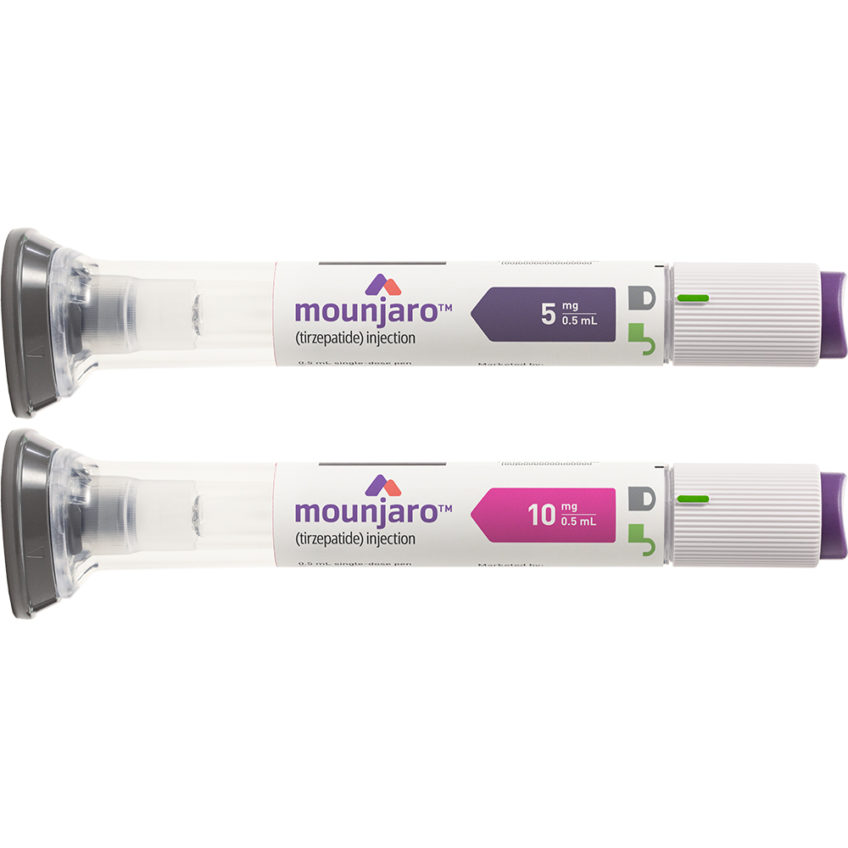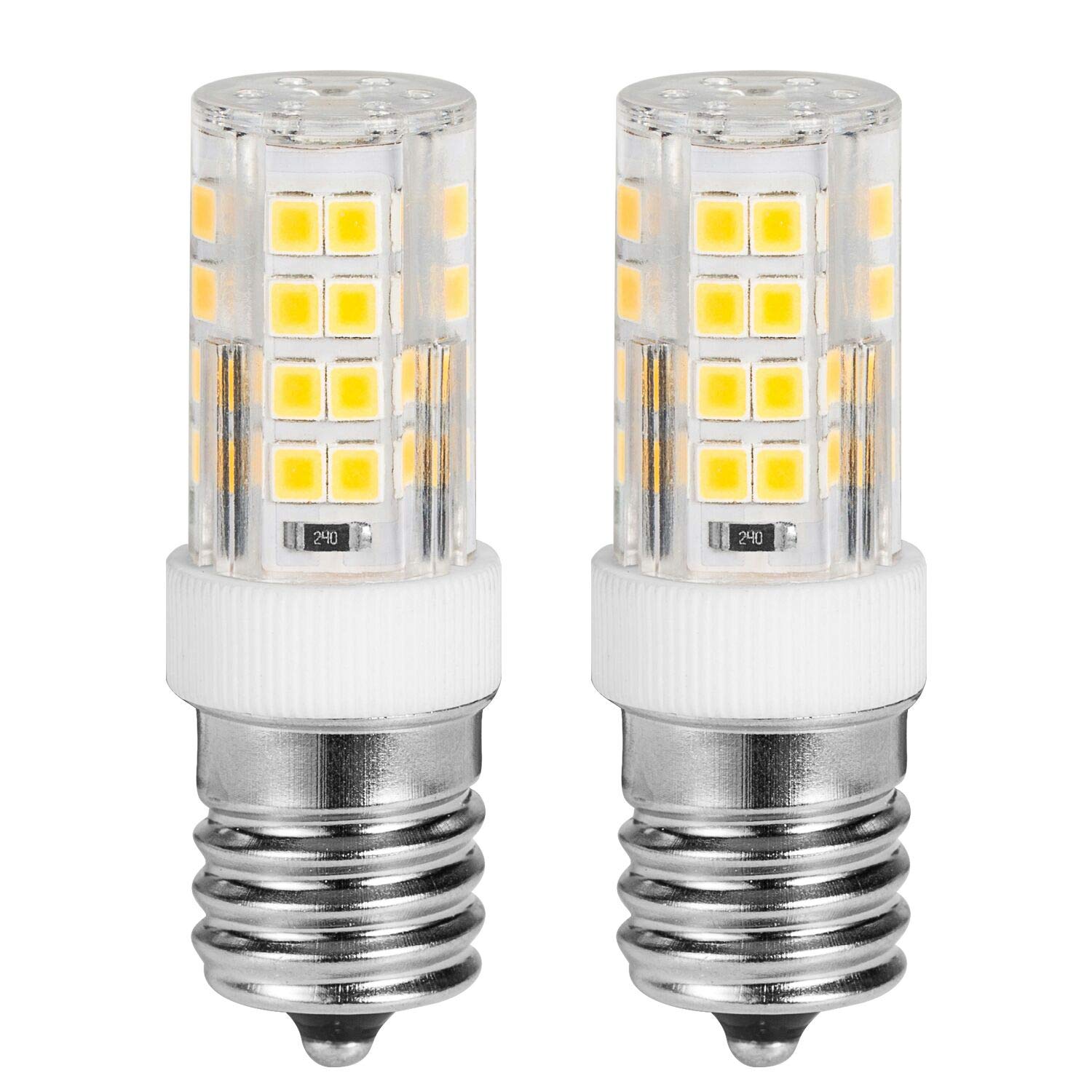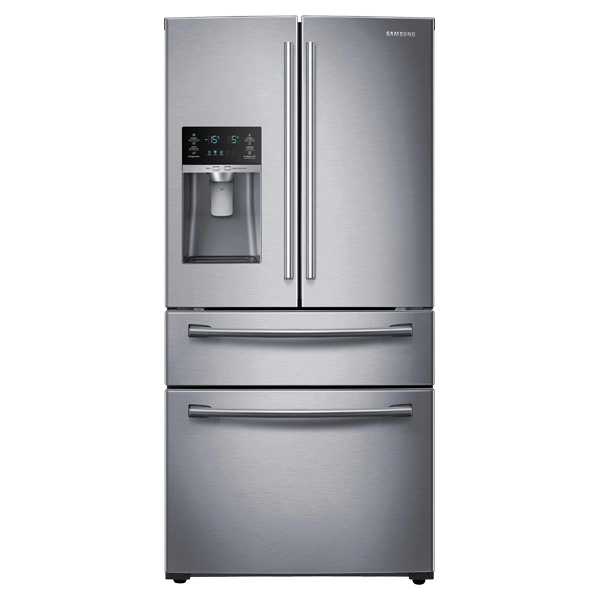When it comes to fruits, grapes are a favorite for many due to their sweetness, versatility, and ease of snacking. However, one common concern among consumers is the shelf life of grapes, especially when it comes to storing them in the refrigerator. You may find yourself asking, how long do grapes last in the refrigerator? In this article, we’ll delve into various factors affecting the lifespan of grapes, best storage practices, nutritional benefits, and how to tell if they’ve gone bad.
Understanding the Shelf Life of Grapes
Grapes typically last around 1 to 2 weeks when stored properly in the refrigerator. However, their lifespan can vary based on several factors. The type of grapes (red, green, or black), the ripeness at the time of purchase, and the storage conditions all contribute to how long they will last in your fridge.
Freshness at Purchase
The initial freshness of grapes is a critical factor in determining their shelf life. Grapes that are fresh and recently harvested will typically last longer compared to those that have already begun to show signs of spoilage.
- Look for Firmness: Always choose grapes that feel firm to the touch. Avoid those that are mushy or wrinkled, as this is an indicator of quality degradation.
- Color and Appearance: Opt for grapes with vibrant color, whether they are green or red. Additionally, check for signs of mold or decay.
Storage Conditions
Grapes thrive in a cool, moist environment, making the refrigerator an ideal storage location. Here are some tips for storage:
- Temperature: Ideally, grapes should be stored at a temperature between 32°F to 34°F (0°C to 1°C).
- Humidity: Maintaining a moderate level of humidity is essential. Grapes prefer a slightly humid atmosphere, which can help prevent them from drying out.
Proper Storage Techniques
Storing grapes correctly can significantly extend their shelf life. Here are some best practices for storing grapes in your refrigerator:
Keep Them Unwashed
One of the most common mistakes people make is washing their grapes before storing them. Moisture can promote mold growth. Instead, keep them unwashed until you are ready to consume them.
Use a Ventilated Container
Use a container that allows air circulation. Mesh bags or containers with holes can help maintain airflow, keeping grapes fresh. Avoid airtight plastic bags, as these trap moisture and lead to spoilage.
Store in the Coldest Part of the Refrigerator
Place your grapes in the coldest section of your refrigerator, usually toward the back. The temperature is more consistent there, ensuring that your grapes stay fresh for a longer duration.
The Nutritional Benefits of Grapes
Aside from their delicious taste, grapes also provide numerous health benefits. Knowing these can make you appreciate why you want to keep them fresh for as long as possible.
Rich in Antioxidants
Grapes are loaded with antioxidants such as resveratrol and flavonoids. These compounds can help combat oxidative stress in the body and reduce the risk of chronic diseases.
High in Nutrients
Grapes provide essential vitamins like Vitamin C and K, as well as minerals such as potassium and copper. They are also low in calories, making them an excellent snack option.
Hydration
Grapes are composed of about 80% water, which can help keep you hydrated. This is particularly beneficial during warmer months or after physical activity.
Signs of Spoilage and How to Handle Them
Regardless of how careful you are in storing your grapes, they can eventually go bad. Recognizing the signs of spoilage can help you avoid consuming bad fruit.
Visual Indicators
- Mold: If you see mold forming on the grapes, it’s best to discard them immediately.
- Wrinkling: Grapes that are starting to wrinkle may still be edible, but their quality is declining.
Texture and Smell
- Softness: Grapes that have become overly soft or mushy are usually past their prime.
- Odor: A sour or off smell can indicate spoilage, and you should not consume them.
Other Considerations
With the focus on spoilage, it’s important to understand how to deal with grapes that are nearing the end of their shelf life.
- Freezing Grapes: If you notice that your grapes are becoming overripe, consider freezing them. This is an excellent way to preserve them for later use in smoothies or as a frozen snack. Simply wash and dry them, spread them in a single layer on a baking sheet, and freeze them. Once frozen, transfer them to an airtight container or freezer bag.
- Cooking or Baking: Overripe grapes can also be used in recipes that call for baked goods or cooked dishes. Consider making a grape compote or adding them into your favorite crumble recipe.
How to Extend the Shelf Life of Grapes
While the natural lifespan of grapes is limited, there are methods you can adopt to maximize their freshness:
Avoid Overcrowding
Don’t overcrowd your storage container. Giving grapes space allows for proper airflow and minimizes bruising, which can lead to spoilage.
Check Regularly
It’s vital to check your grapes every few days. Remove any spoiled or damaged grapes to prevent them from affecting the rest.
Consider Ethylene Gas
Some fruits emit ethylene gas, which can speed up the ripening process and spoilage of nearby produce. Keep grapes away from ethylene-producing fruits like bananas and apples to prolong their freshness.
Differences Between Organic and Conventional Grapes
In today’s market, both organic and conventional grapes are available. Understanding the differences can affect how long you can keep them in the refrigerator.
Pesticide Exposure
Conventional grapes are often treated with pesticides, which might affect their shelf life. However, they are generally washed before distribution. Organic grapes, while free from synthetic pesticides, tend to have a shorter shelf life due to fewer preservatives being used.
Thickness of Skin
Organic grapes may also have thinner skins due to their growth conditions, making them more susceptible to bruising. This could lead to a shorter lifespan compared to conventionally grown grapes.
 Fruits That Should Not Be Stored With Grapes
Fruits That Should Not Be Stored With Grapes
While grapes are versatile and can be stored with various fruits, there are others that they should not be placed alongside. Understanding these interactions is key to extending the freshness of your grapes and the other fruits in your fridge.
Ethylene Gas Production
One of the most important factors when considering which fruits can be stored together is ethylene gas production. Ethylene is a natural plant hormone released by certain fruits during ripening. It can accelerate the ripening of nearby fruits, leading to quicker spoilage.
Fruits That Produce High Levels of Ethylene:
- Bananas: When stored with grapes, the ethylene emitted by bananas can cause grapes to ripen faster, leading to spoilage.
- Apples: Apples are also high producers of ethylene gas, which can greatly affect surrounding fruits, hastening their decay.
- Avocados: While delicious, avocados produce a significant amount of ethylene, making them best kept away from grapes.
- Tomatoes: Though technically a fruit, tomatoes also emit ethylene, which can make grapes spoil quickly.
Impact on Flavor and Texture
Storing grapes with such ethylene-producing fruits can not only hasten spoilage but also change the flavor and texture of the grapes. Grapes stored alongside these fruits can become mushy and lose their crispness much sooner than expected.
Final Thoughts on How Long Do Grapes Last in the Refrigerator
In conclusion, how long do grapes last in the refrigerator? Properly stored grapes can remain fresh for up to two weeks, depending on their initial quality and storage conditions. By understanding factors like freshness at purchase, storage techniques, and signs of spoilage, you can make the most out of your grapes. Their numerous health benefits make them a worthy addition to your diet, so follow best practices to keep them fresh longer. Whether you enjoy them straight off the vine or incorporate them into various dishes, maintaining the quality of your grapes can enhance your overall eating experience.





 Frequently Asked Questions (FAQs)
Frequently Asked Questions (FAQs)

 Creative Ways to Use Leftover Coleslaw
Creative Ways to Use Leftover Coleslaw

 The Effect of Current Type on Energy Efficiency
The Effect of Current Type on Energy Efficiency

 Medications Commonly Stored in Refrigerators
Medications Commonly Stored in Refrigerators

 Types of Hair Clipper Oils
Types of Hair Clipper Oils
 Conclusion
Conclusion

 Creative Ways to Use Leftover Cooked Crabs
Creative Ways to Use Leftover Cooked Crabs

 Creative Ways to Use Leftover Sauerkraut
Creative Ways to Use Leftover Sauerkraut

 Maintenance Tips for Your Refrigerator Light
Maintenance Tips for Your Refrigerator Light

 Troubleshooting Common Issues
Troubleshooting Common Issues